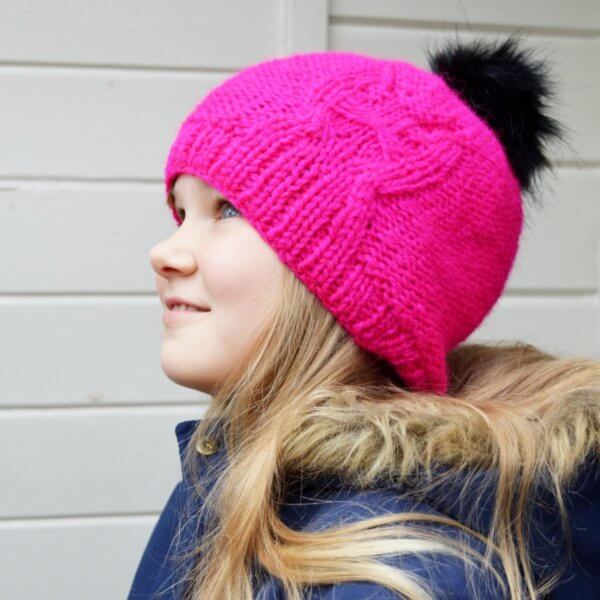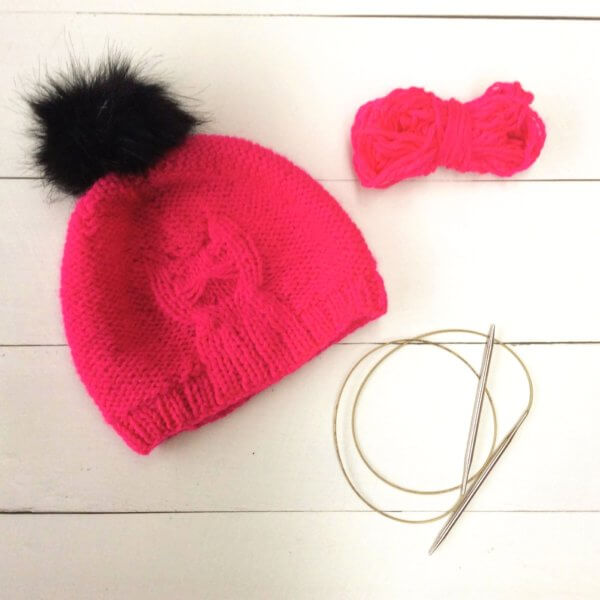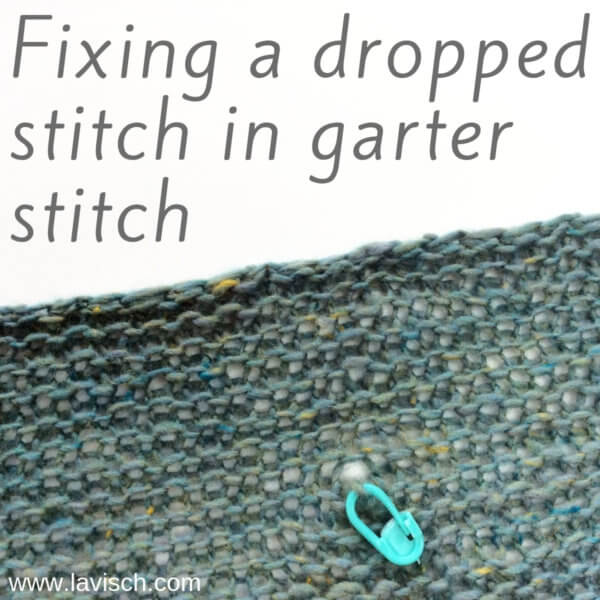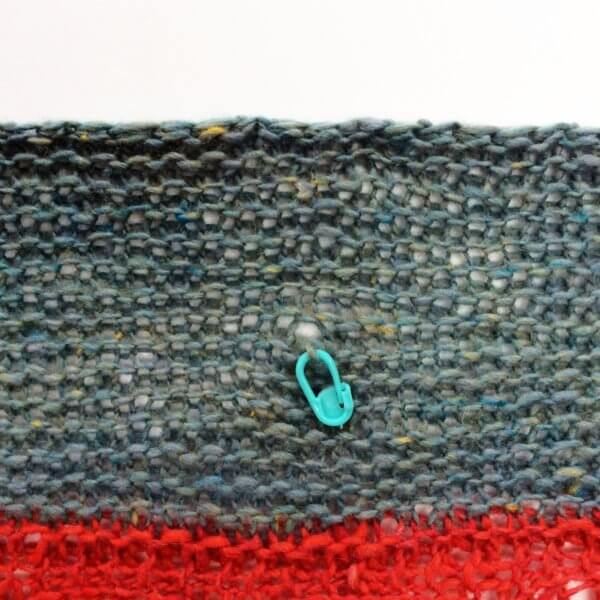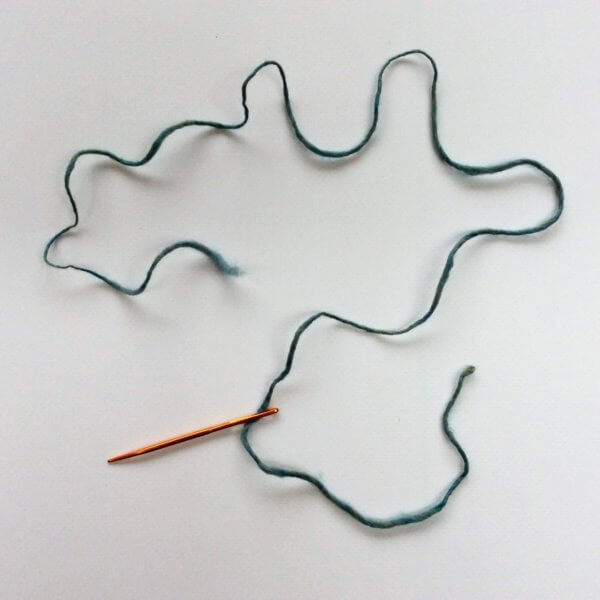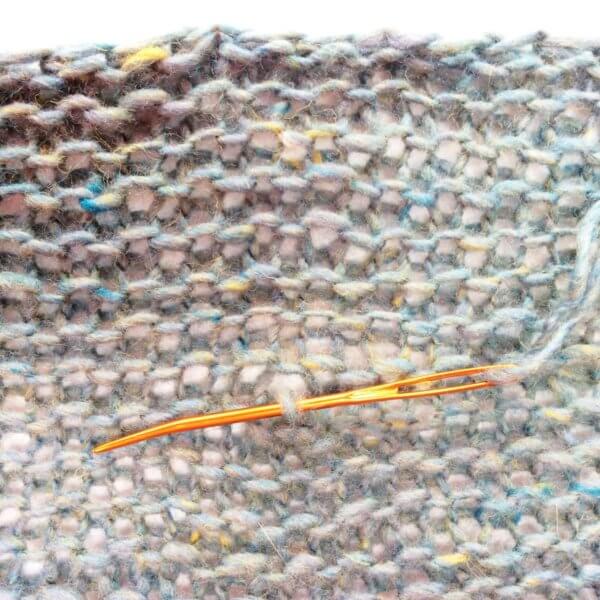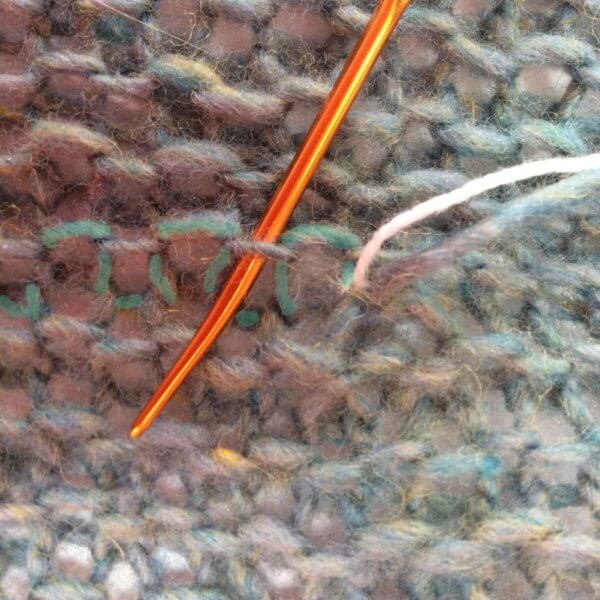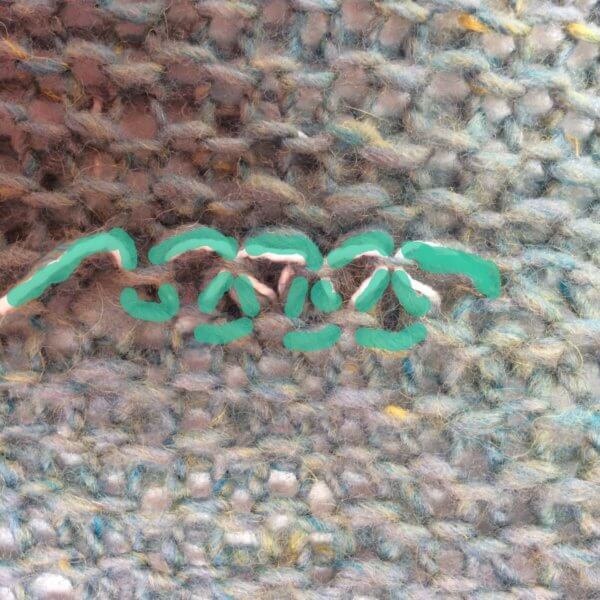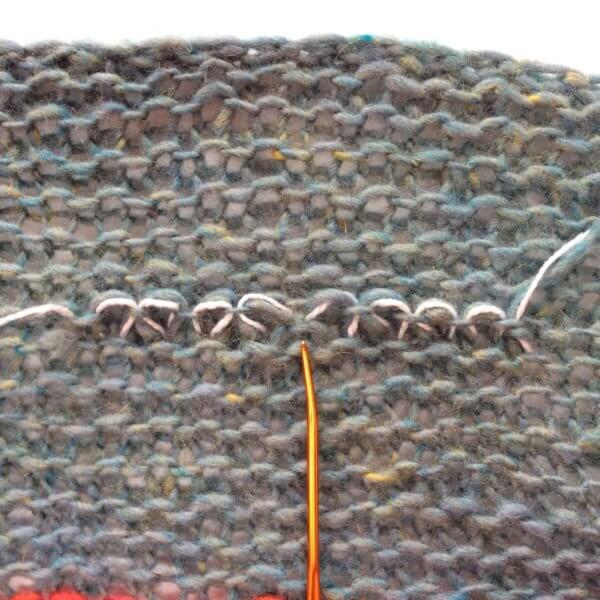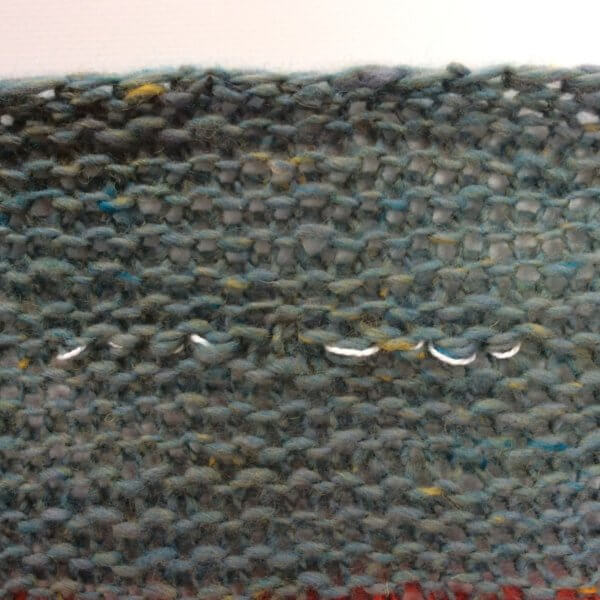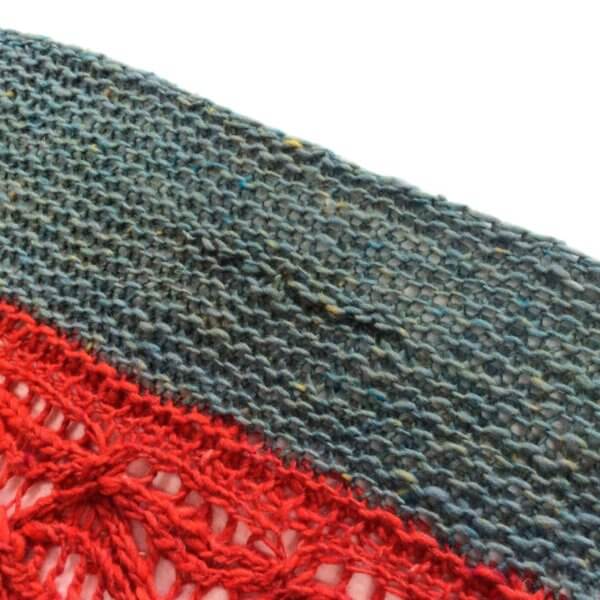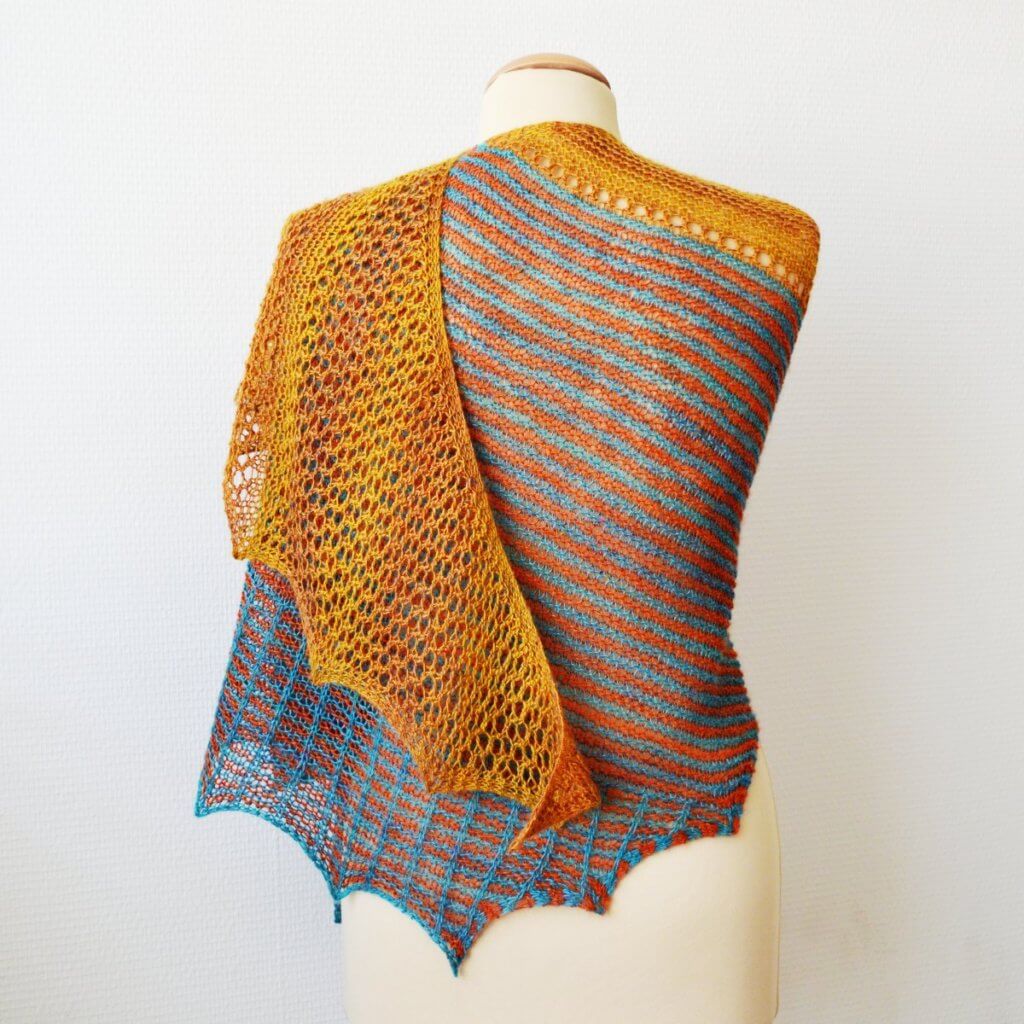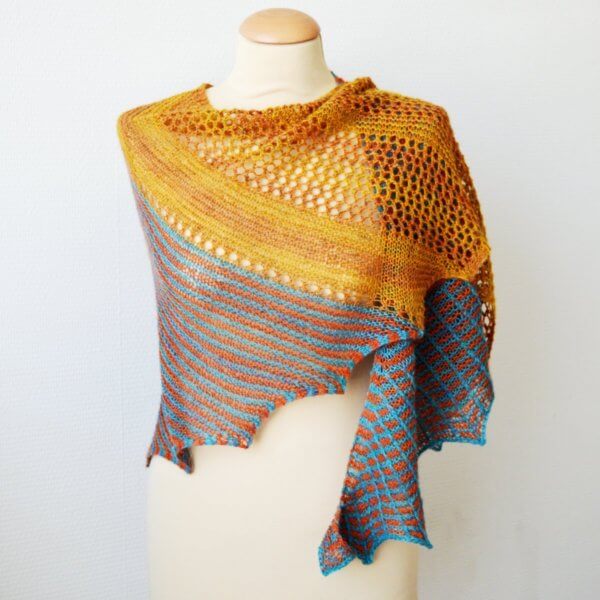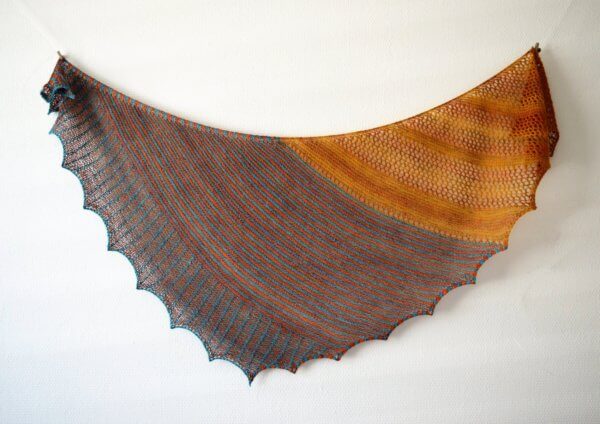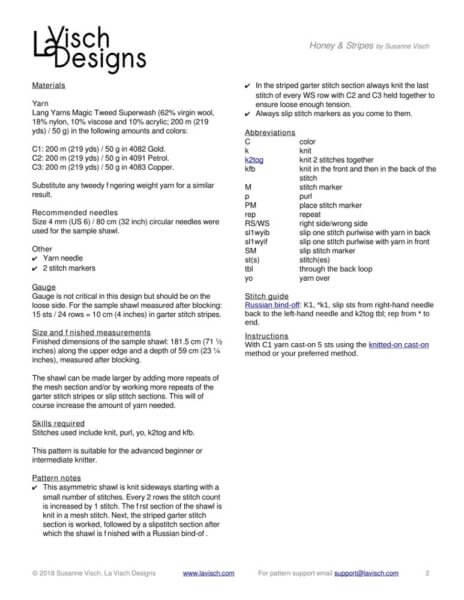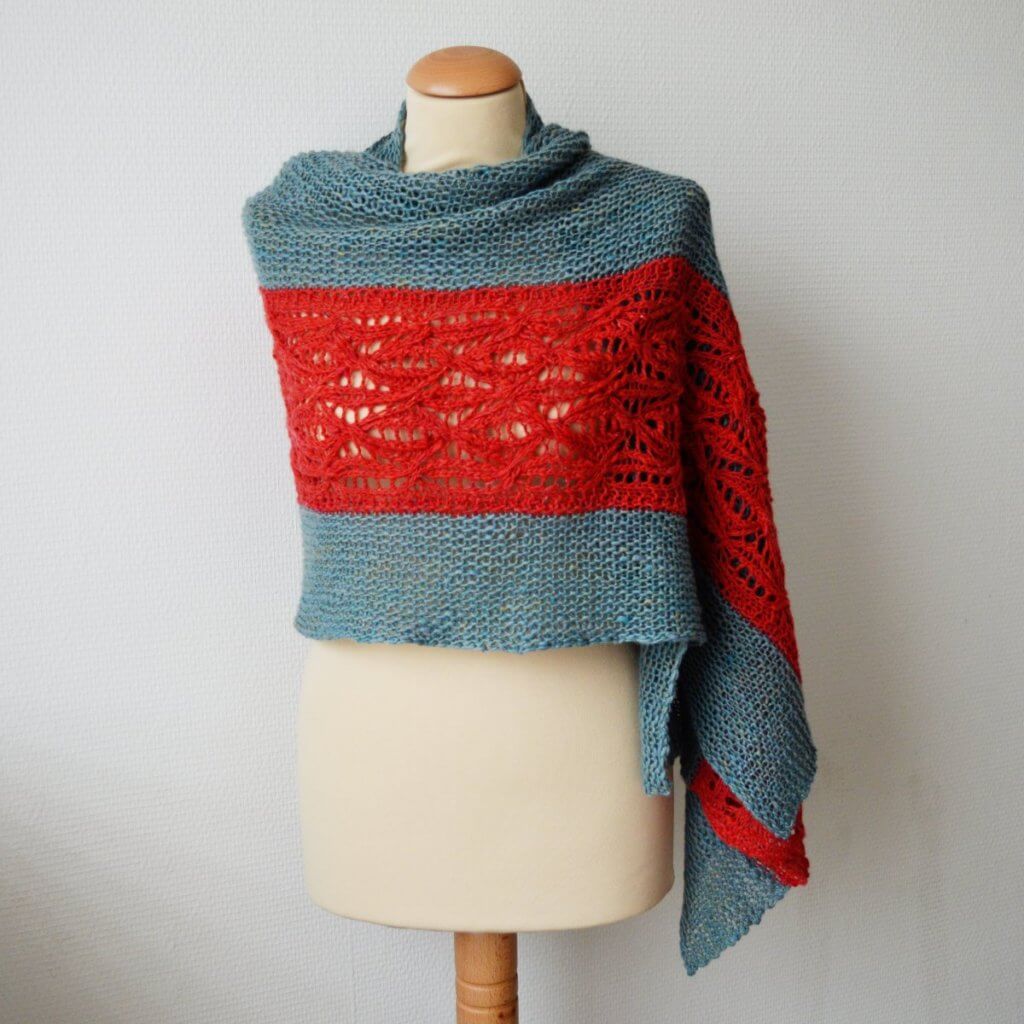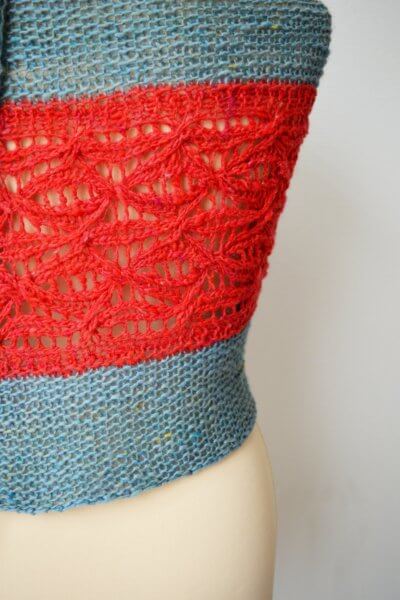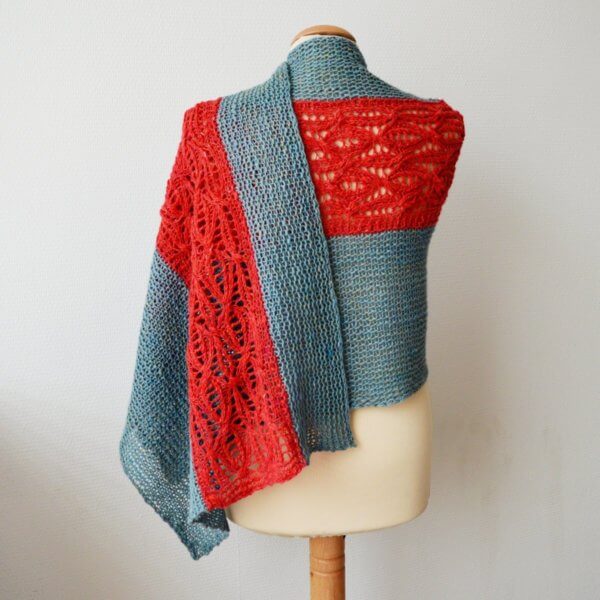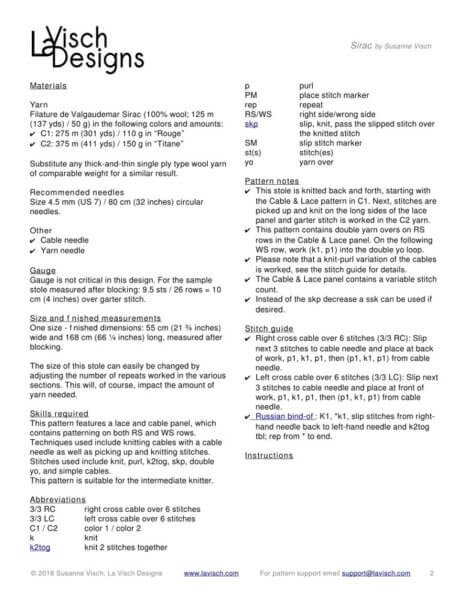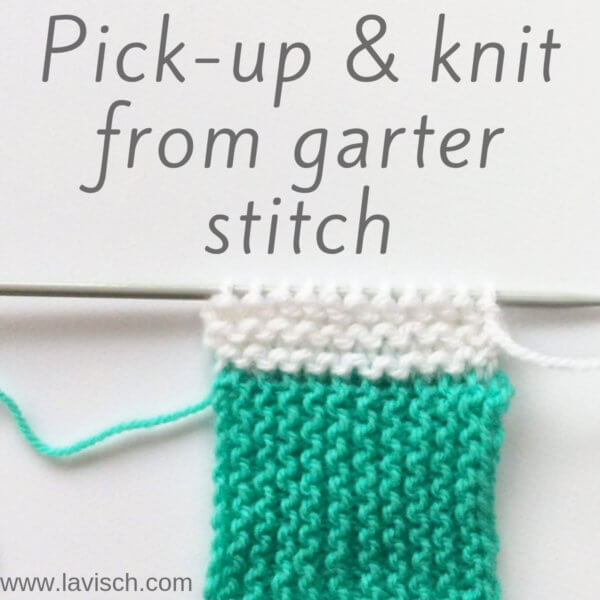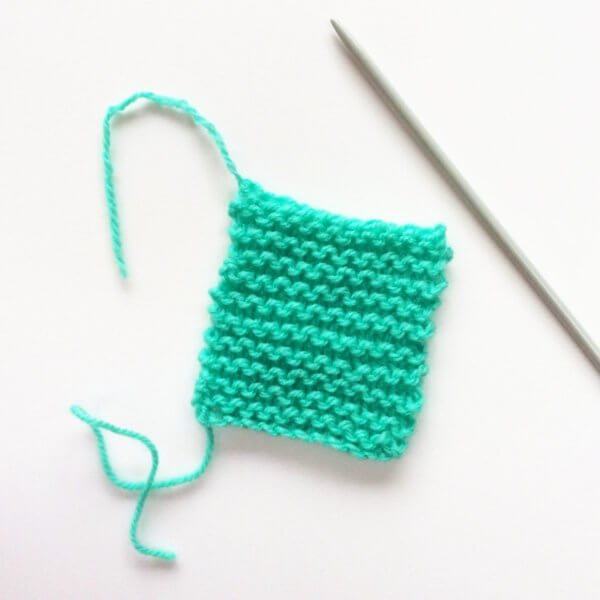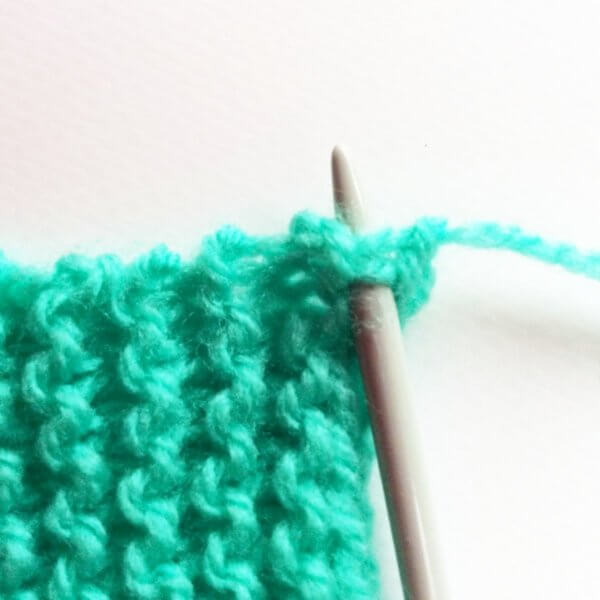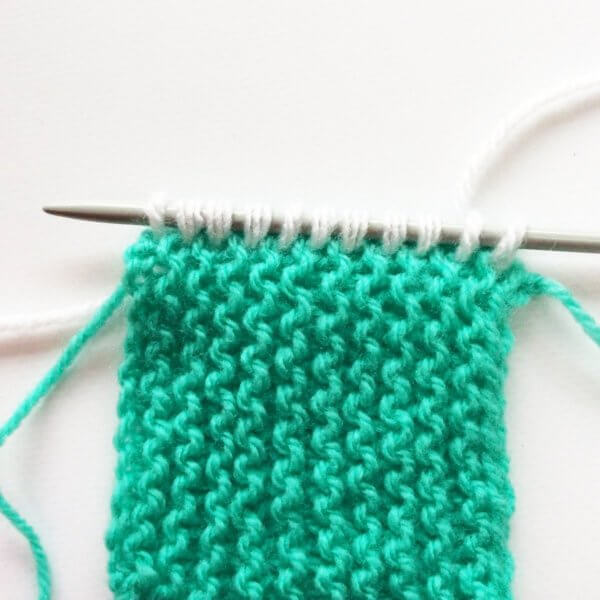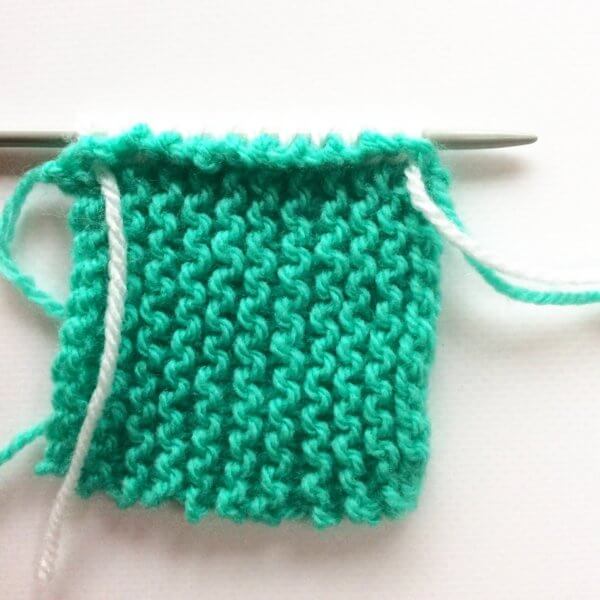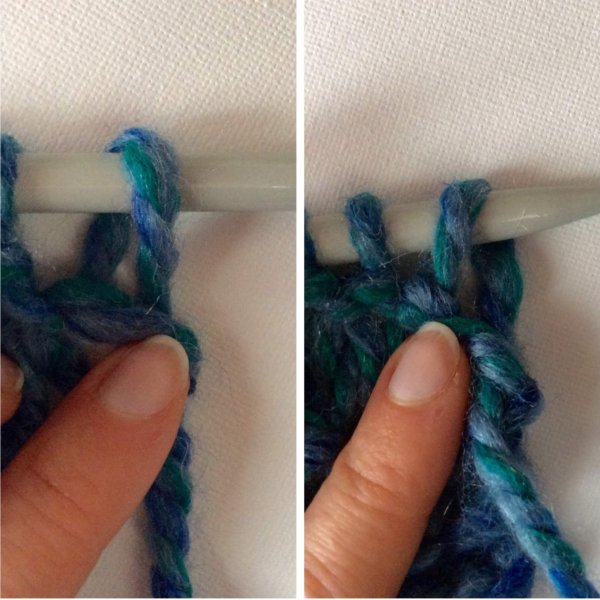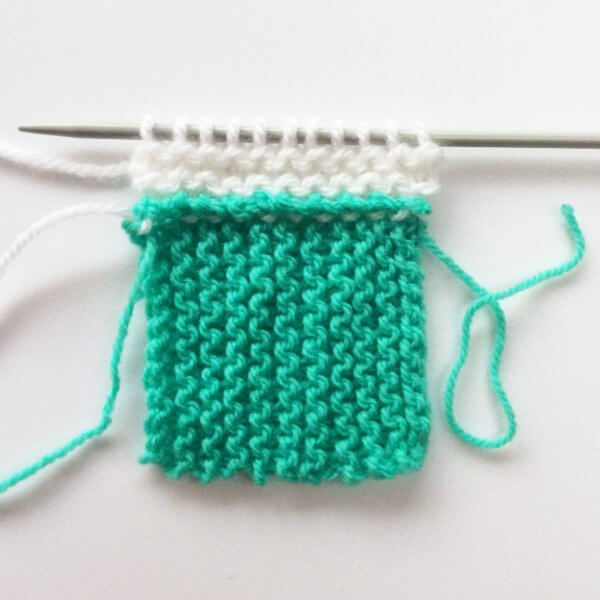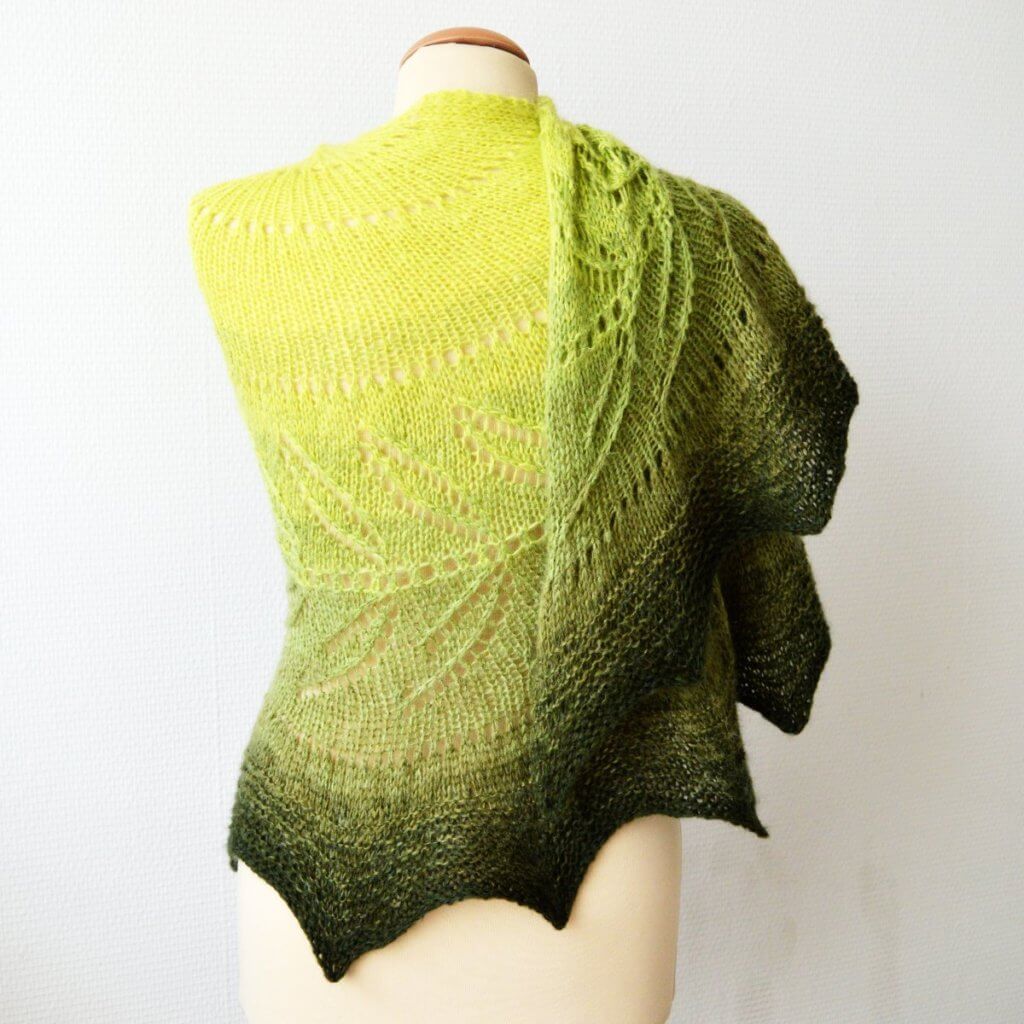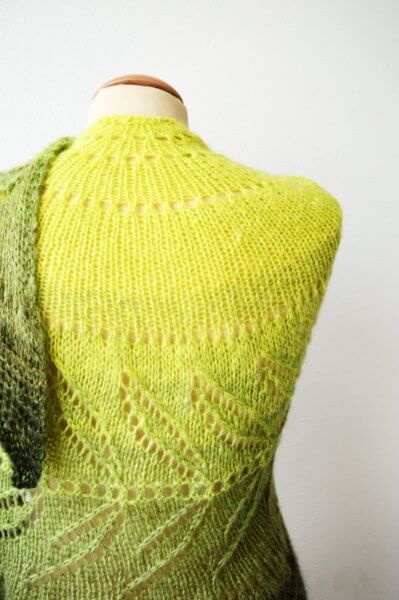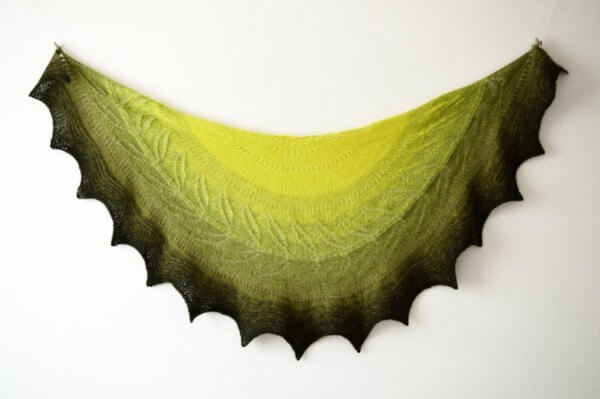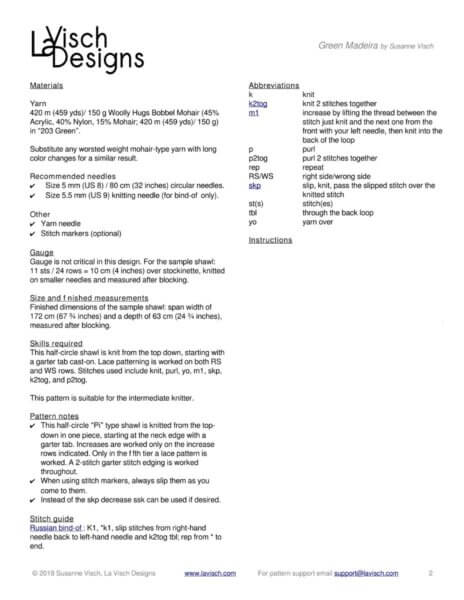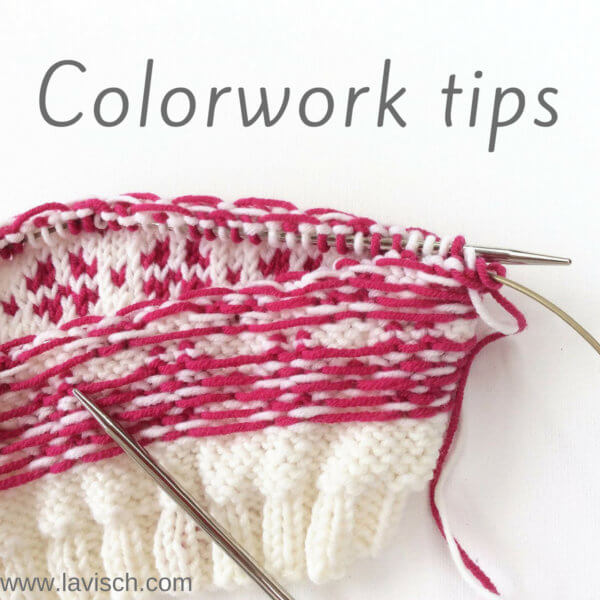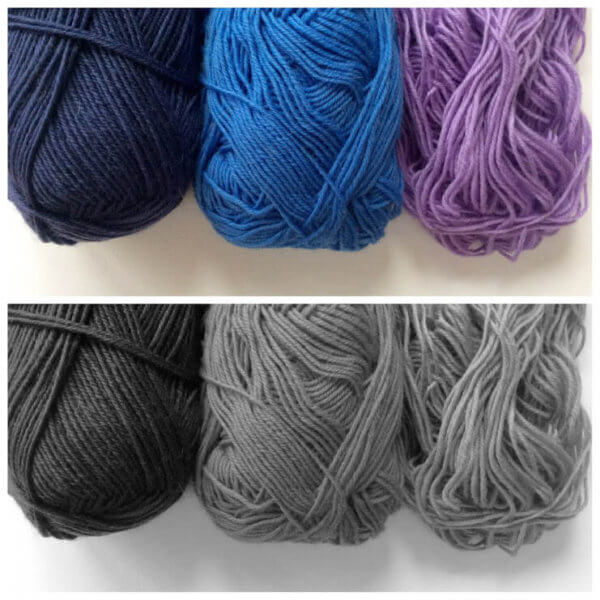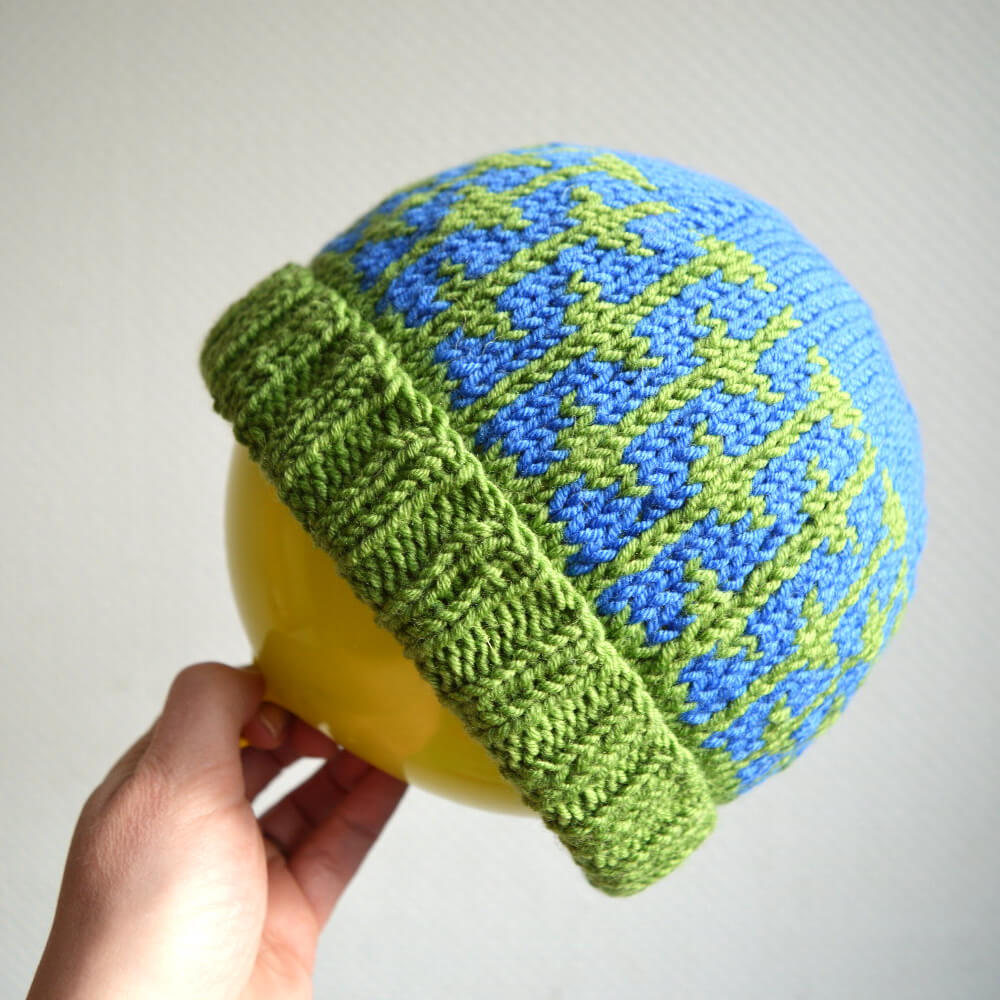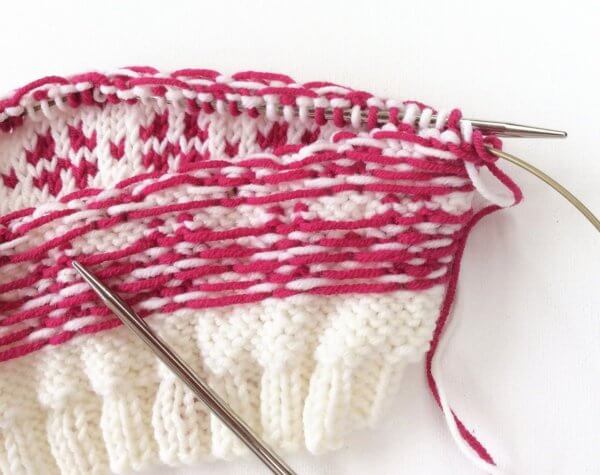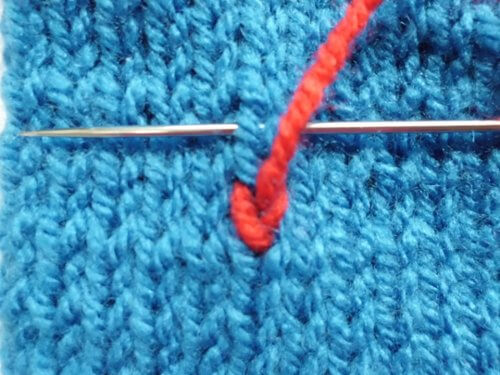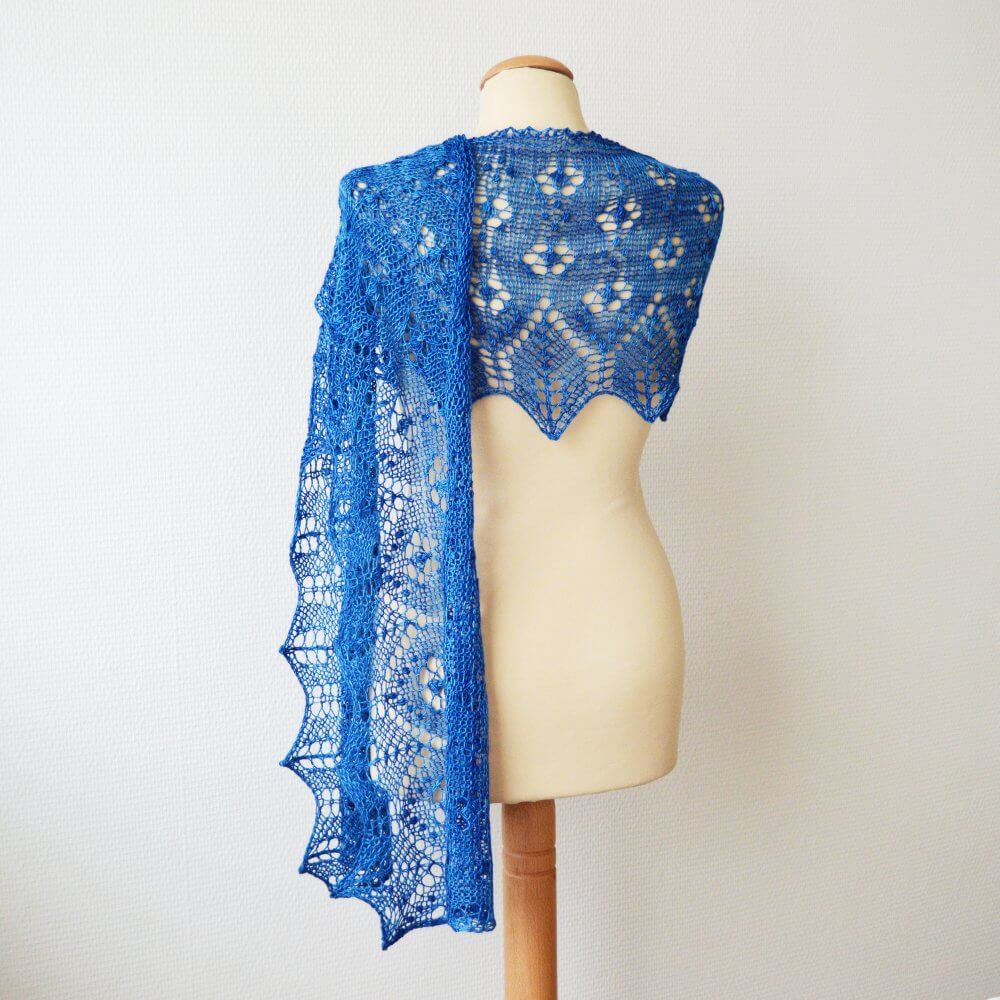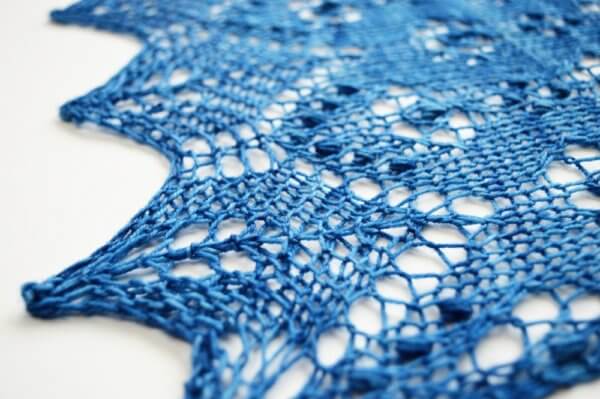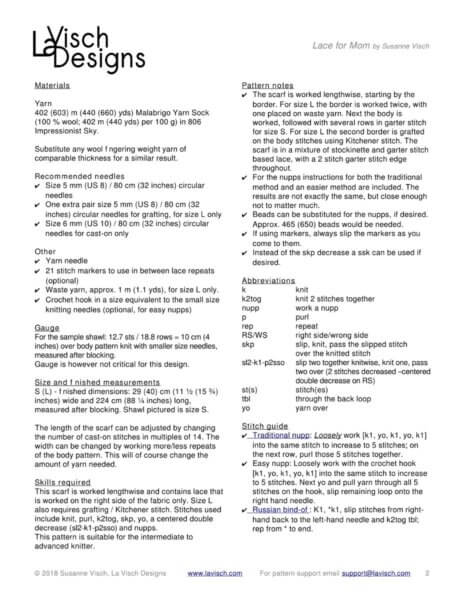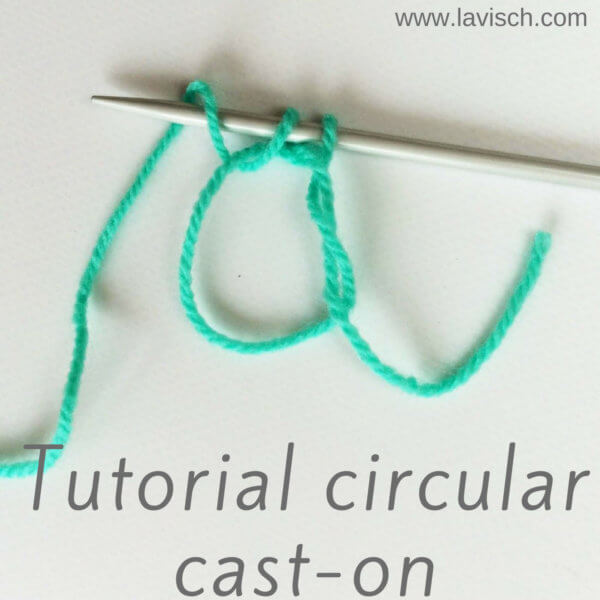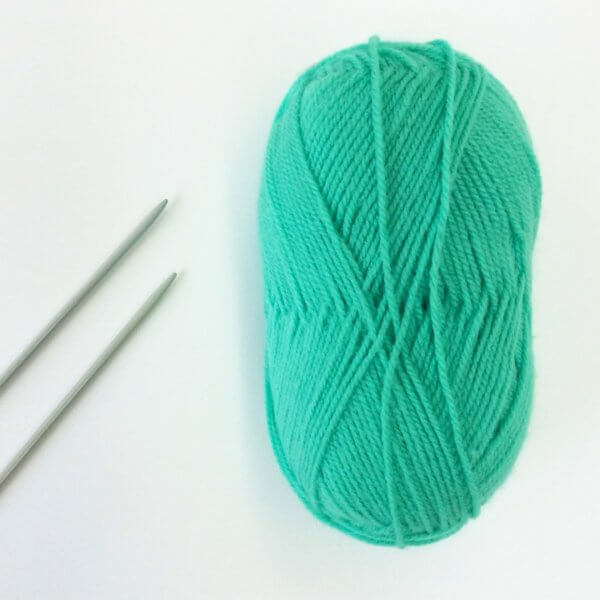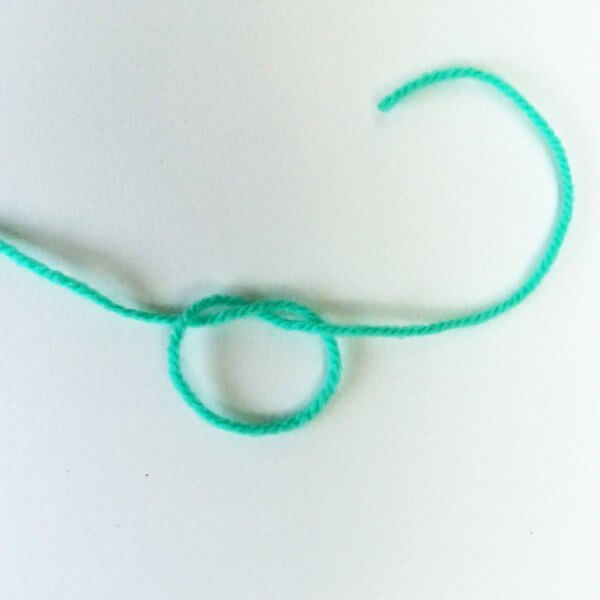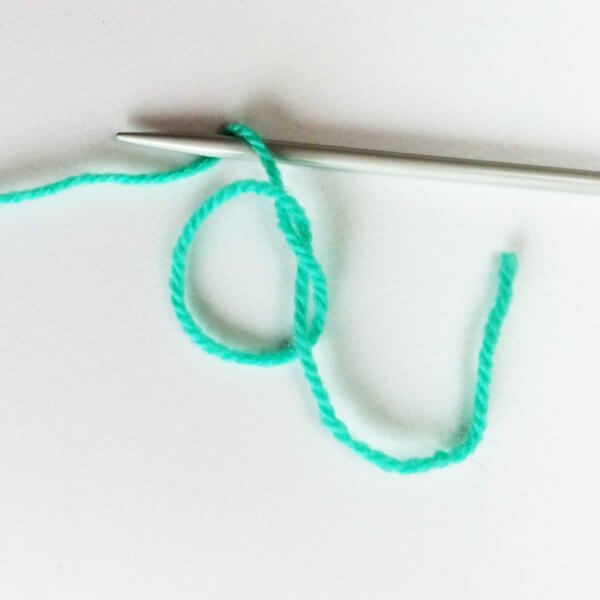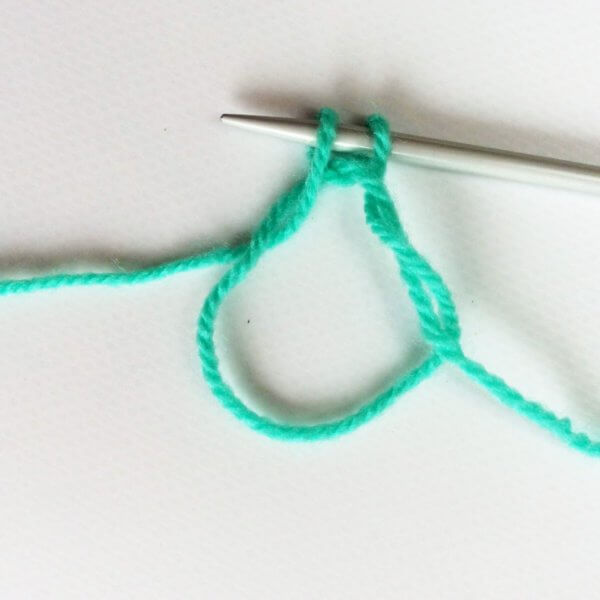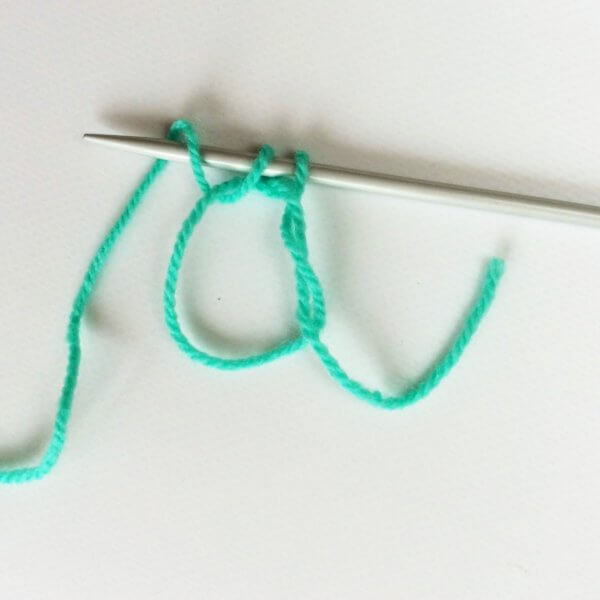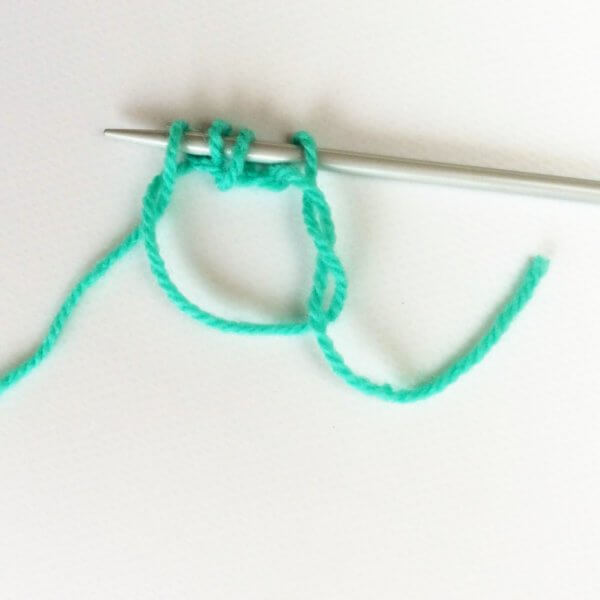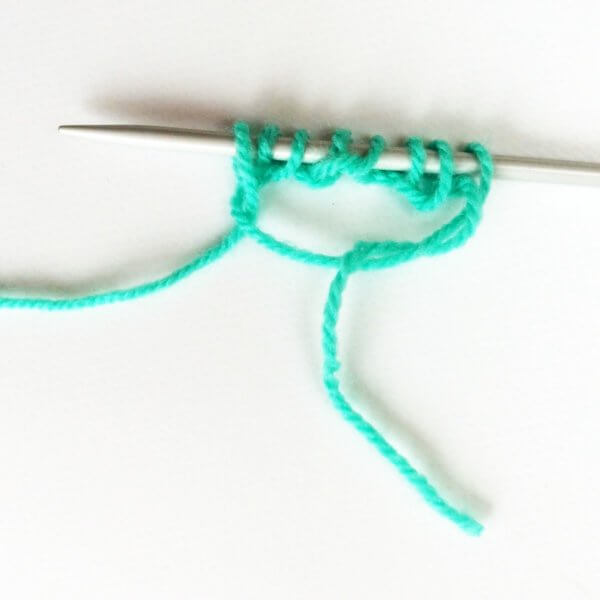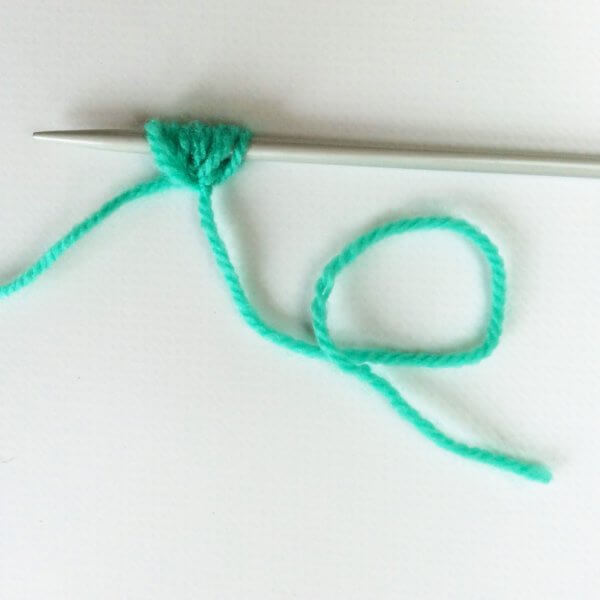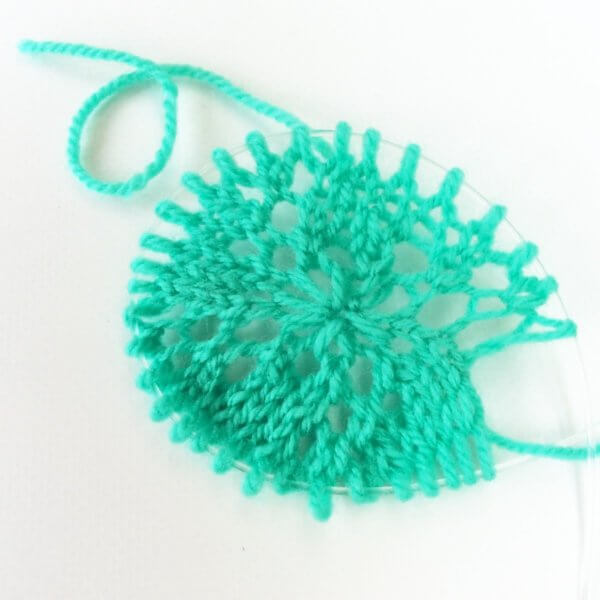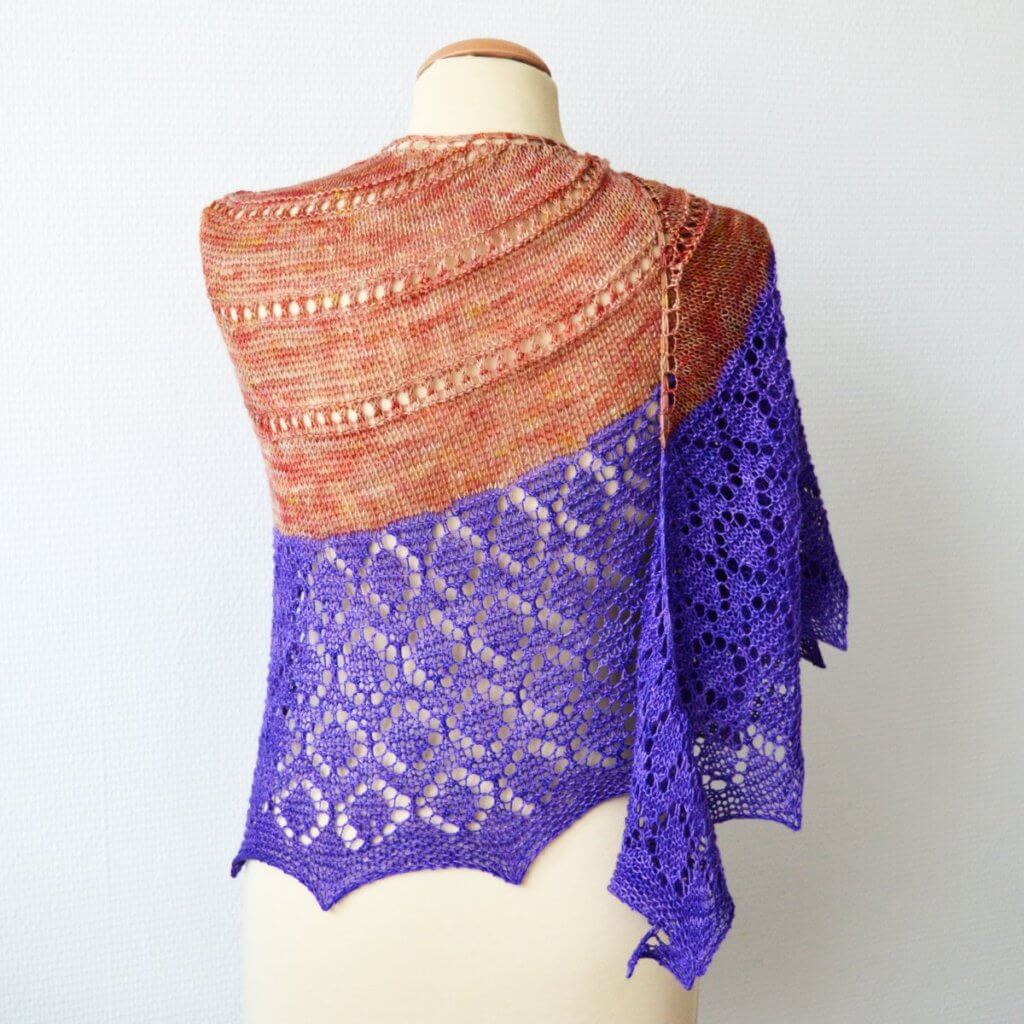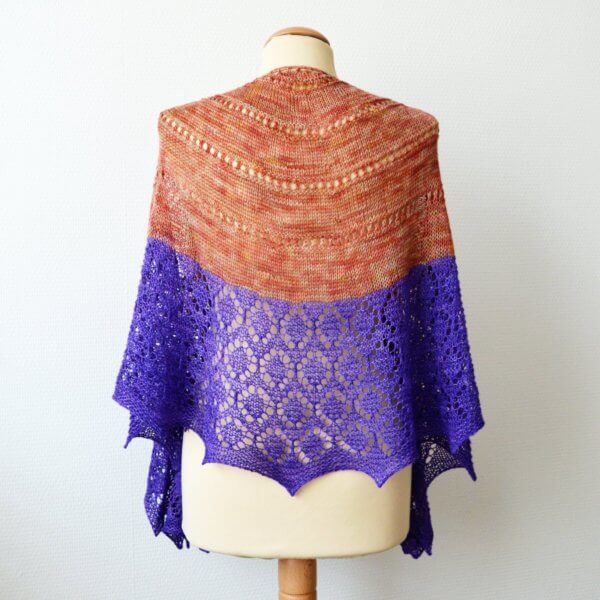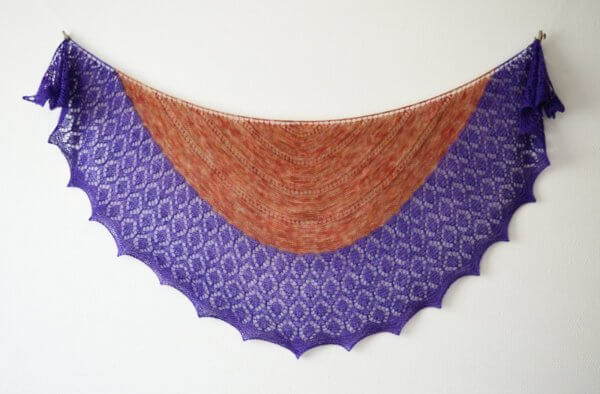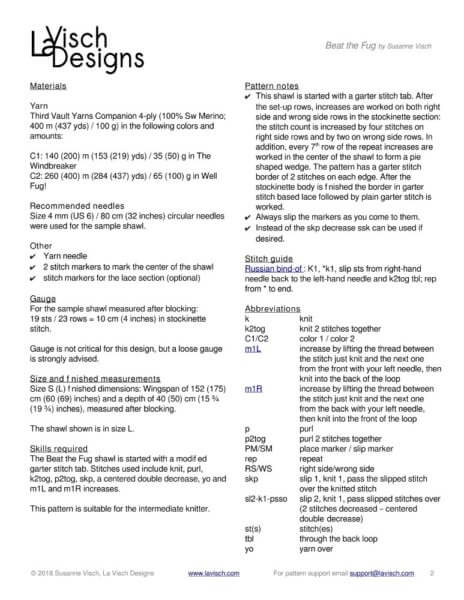bast
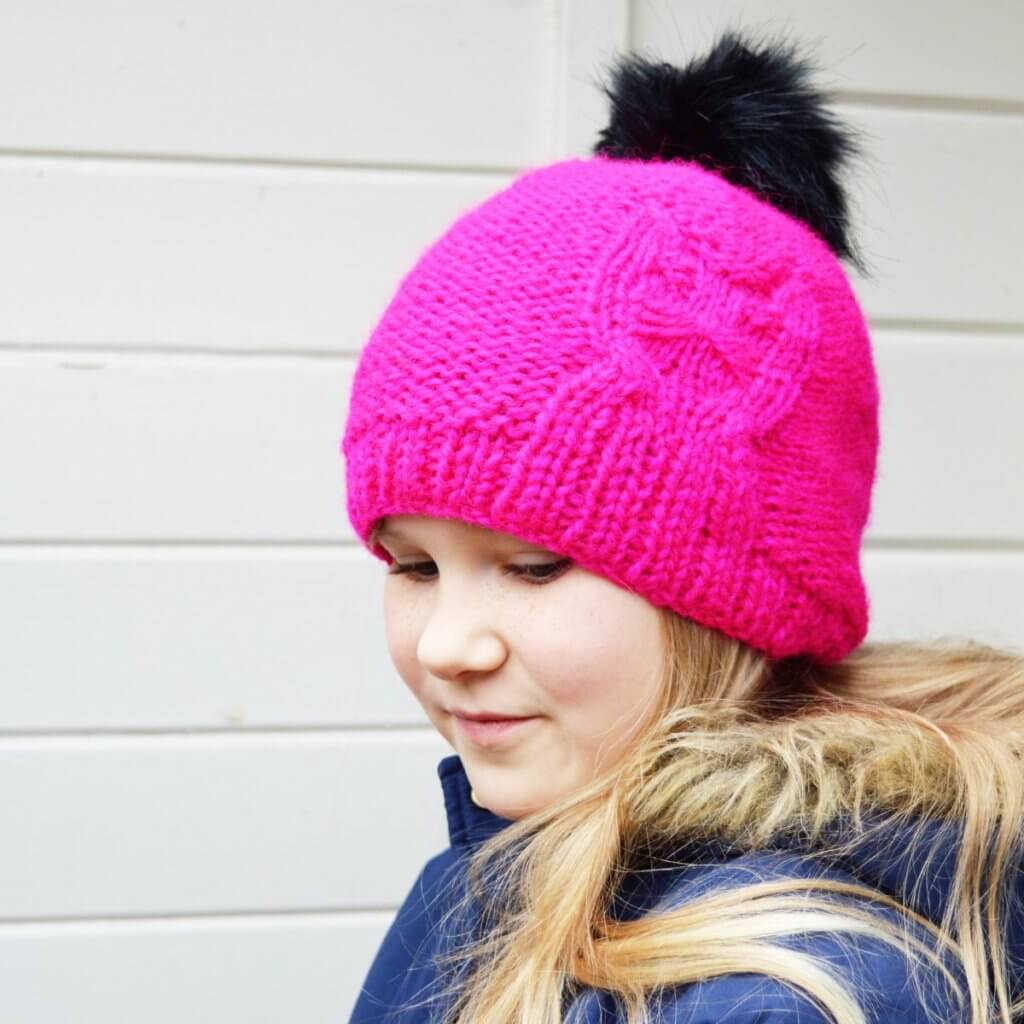
What is one to do when dear daughter requests a hat with kitty cats? Design one, of course! Bast is a cute hat with cables and texture to create a kitty cat motif. Worked in a bulky weight yarn this hat knits up super quick, perfect for a last minute gift!
This pattern contains instructions for 5 sizes, ranging from child to adult. The Bast hat is seamless and knitted from the bottom up. The instructions for the cat motif are provided both charted and written out.
Pay what you want: (minimum €4.90)
Difficulty level
Bast is seamless and knit in the round from the bottom up. This pattern involves cable knitting. Stitches used include knit, purl, k2tog, p2tog,
Sizes and finished measurements
To fit size: 47 (52, 56.5, 61.5, 66) cm / 18 ½ (20 ½, 22 ¼, 24 ¼, 26) inches circumference.
Finished size: 42 (47, 51.5, 56.5, 61) cm / 16 ½ (18 ½, 20 ¼, 22 ¼, 24) inches circumference.
When choosing your hat size, take 2.5 – 5 cm (1 – 2 inches) of negative ease into account for a fitted hat. For a more slouchy fit, take 0-5 cm (0-2 inches) of positive ease into account.
The pictures show the 51.5 cm (20 ¼ inches) finished size, worn on a 52 cm (20 ½ inches) size head.
Pattern details
- Bast is written for a gauge of approx. 13 sts / 21 rounds = 10 cm (4 inches) over reverse stockinette on larger needles after washing and gentle blocking.
- Pattern languages included: English and Dutch (Dit patroon
omvat zowel een Nederlandseals een Engelseversie ) - Digital PDF has 3 pages in the English version and 4 in the Dutch version (letter size)
Materials
- Yarn: 44 (55, 65, 78, 91) m (48 (60, 72, 85, 100) yds) / 26 (33, 40, 47, 56) g Vams PT3 by Rauma [100% wool; 82 m (90 yds) / 50 g] in color 44
neon Pink. Substitute any bulky yarn of a similar or slightly heavier weight for a similar result. - Knitting needles in your preferred style for small circumference knitting in the round in the following sizes (or to match gauge): Size 4.5 mm (US 7) and Size 5 mm (US 8).
- Yarn needle
- 5 stitch markers
- 1 differently colored end-of-round stitch marker
- Cable needle
- (Faux) fur pompom (optional)


